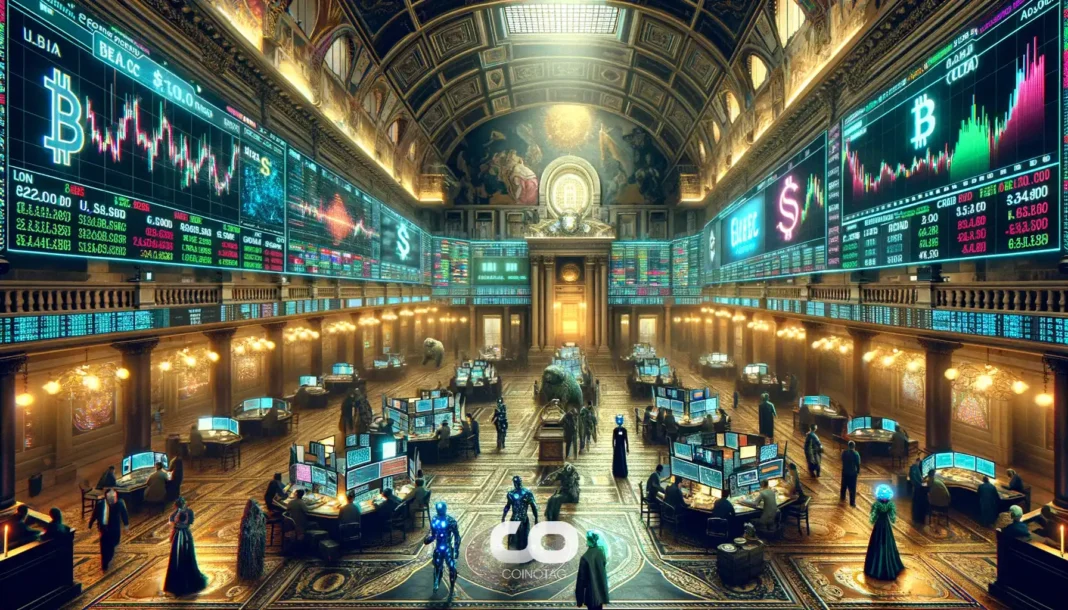-
Changpeng Zhao (CZ), the former CEO of Binance, has made headlines addressing the ongoing speculation regarding his ties to meme coins, underscoring his investment philosophy.
-
While CZ claims not to invest in meme coins, he acknowledges their appeal in the crypto market, particularly amid the rising volatility and interest in speculative assets.
-
“Meme coins are getting ‘a little’ weird now,” Zhao stated, emphasizing the need for caution in a market historically prone to excess hype.
Changpeng Zhao clarifies his stance on meme coins amid rising speculation and discusses Binance’s listing challenges, exploring the cultural impact of these assets.
Zhao’s Take on Meme Coins and Market Dynamics
In a recent social media exchange, Zhao has reiterated that he has never engaged in purchasing meme coins, an assertion he made in response to the TST token incident that stirred controversy online. This event, where the TST token skyrocketed following its mention in a Binance tutorial, raises questions about the influence of centralized exchanges on decentralized markets.
Understanding the Listing Challenges at Binance
Reflecting on Binance’s operational framework, Zhao pointed out inherent flaws in the listing process that may inadvertently contribute to price fluctuations. He noted that the quick turnaround from announcement to listing often leads to unexpected market behaviors, particularly on DEXs. Traders capitalize on these movements by flipping assets from decentralized platforms to centralized exchanges, which can distort price signals and liquidity perception.
Market Sentiment and the Rise of Meme Coins
In his commentary, Zhao identified a marked shift in investor sentiment fueled by regulatory challenges facing traditional utility tokens. As legal uncertainties grow, he observed that projects are increasingly seeking refuge in meme coins, perceived as less vulnerable to regulatory scrutiny. Investors are drawn to the exhilaration of volatile price action commonly associated with meme assets, leading to heightened trading volumes.
The Cultural Impact and Community Engagement
Beyond market mechanics, Zhao also addressed the cultural aspect of meme coins, noting their unique ability to foster dedicated communities. As meme coins grow in number—over 37 million tokens are reported to have launched already—the grassroots movements behind these assets showcase their significance beyond mere financial transactions. The entertainment and social facets often play a critical role in their appeal, which fuels their market presence.
Conclusion
In summation, CZ’s remarks on meme coins highlight a growing complexity within the cryptocurrency landscape, marked by regulatory challenges and evolving market dynamics. Investors are urged to exercise caution, balancing their engagement with a discerning view on market fundamentals and the speculative nature of meme assets. As trends evolve, Zhao’s insights indicate that while meme coins hold cultural value, they pose equal potential risks in the broader financial ecosystem.






